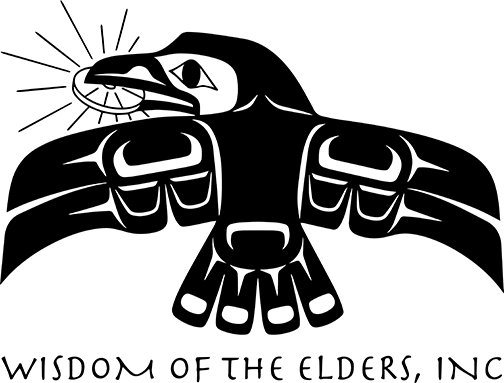Native Plant Restoration
Arlie Neskahi:
In the past 200 years, the face of the American landscape has been dramatically changed by agriculture, cattle grazing, and the extraction of natural resources. In today’s Sacred Landscape, Judy Bluehorse Skelton features native plant restoration programs, including the work of ethnobotanist, Joanne Big Crane, of the Confederated Salish and Kootenai Tribes in Montana.
Judy bluehorse skelton:
Before European settlers arrived, unique wildflower species covered the landscape from ocean to ocean: large expanses of purple coneflowers drifted across the Great Plains; Indian paintbrush waved its red splashes in alpine meadows; and blue lakes of camas stretched out to the horizon. The 176 plants Meriwether Lewis collected and cataloged as he traveled along the Missouri and Columbia Rivers, represented just a handful of the more than 20,000 native flowering plant species in the United States, not including trees. Native Americans had been well-acquainted with these plants for thousands of years, making use of their diverse gifts, from medicine and ceremonial uses, to food and “housewares.”.
With the influx of agriculture, livestock grazing, and the building of towns and roads, habitat shrank and plant populations became fragmented. Today, native plant communities face many threats: encroaching suburban sprawl, mining and oil drilling; pollution; and climate change. As temperatures rise, droughts lengthen, and rainfall patterns change, many native plants, especially wildflowers, become stressed, affecting their reproductive cycles and ability to create new generations.
One fourth of the known 20,000 flowering plant species are considered threatened or deserving of conservation. Fortunately, major efforts are underway by organizations like the millennium seed bank of England’s Royal Botanic Garden, which when complete in the year 2010, will contain 24,000 species from around the planet. This represents 10 % of the world’s dry land plants, currently at risk from desertification.
A growing number of tribes have started their own seed-saving programs and plant nurseries, concentrating on local native plants, which continue to play a significant role in Native American cultures. The Confederated Salish & Kootenai Tribes of the Flathead Reservation in Montana have developed a native plant recovery program in collaboration with their tribal college. Ethnobotanist, artist and teacher Joanne Bigcrane, works with the Salish Kootenai College’s native plant nursery, specializing in culturally significant plants. College students are often included in seed collection, restoration and plant salvage work throughout the reservation.
Joanne’s work is inspired by her upbringing with her grandparents, who adopted her as an infant. Both born at the turn of the century, they were very knowledgable about medicinal and subsistence food plants. Joanne was her grandmother’s helper, and often her patient for childhood scratches, colds and upset stomachs. Her grandfather picked his own teas and medicines and she learned from the many plants her family used in their daily lives. Her grandparents taught her about the natural world and the native law instructing her to, “Take only what you need. There are others, other animal people, who share this world. You leave some for them, and respect them when they are foraging for their own livelihood.”
Incorporating her traditions with her college studies in natural resources and botany, Joanne provides input into tribal forestry and range management. As consultant on several highway projects, she has worked to “re-route” roads in order to preserve native plant habitats on and off the reservation.
Guided by tradition and culture, the Tribe has implemented a plan to restore, replace and even acquire their traditional lands. Stream sides are now protected from cattle grazing which further erodes the banks, and are being replanted with native plants to create the healthy wetlands and riparian areas needed to restore Bull trout and other endangered animal and plant species. Like other tribes around the country, the Salish-Kootenai people are restoring balance to the land, one seed at a time
With each breath, with each step, with each heart beat. Osadadu.



